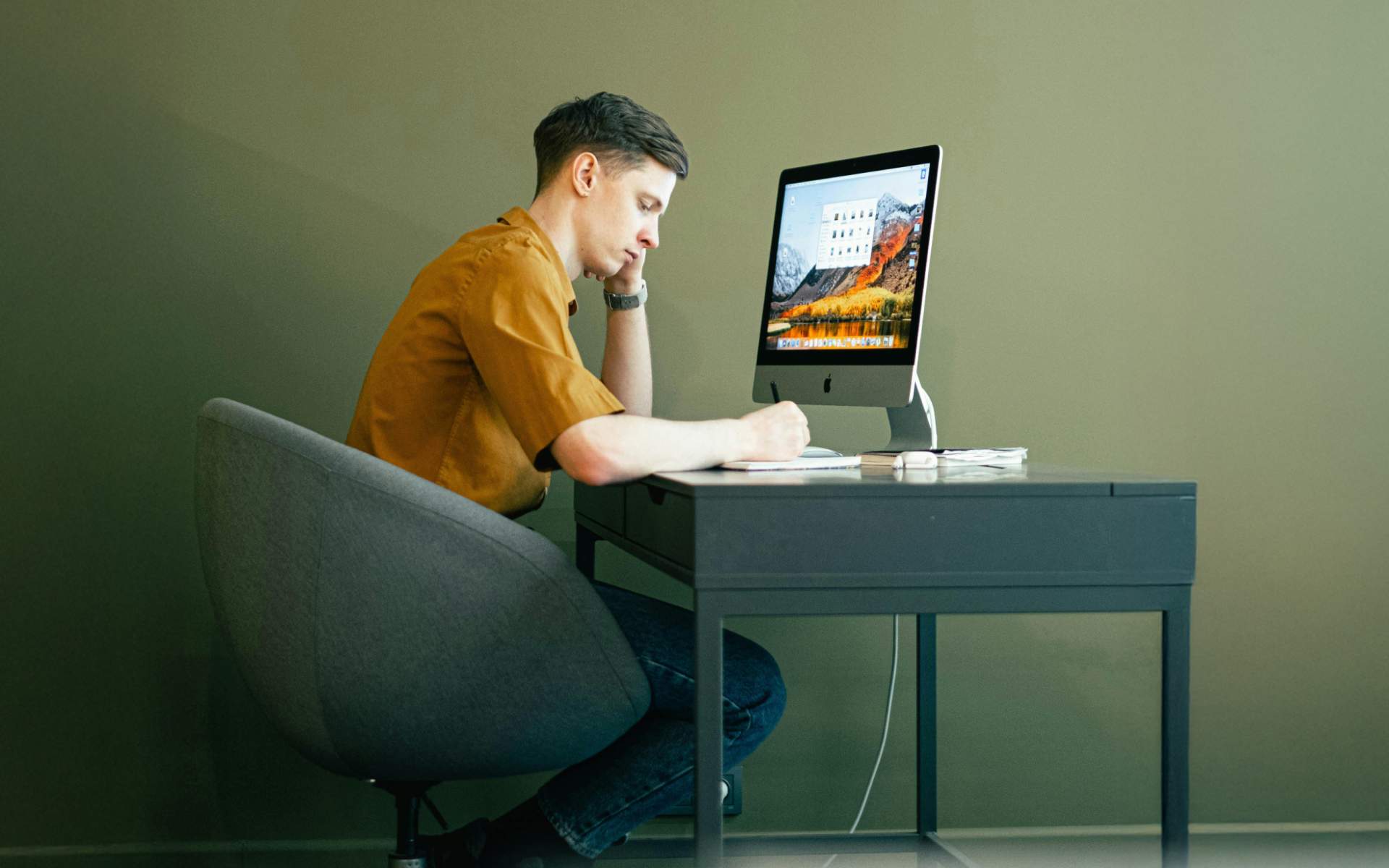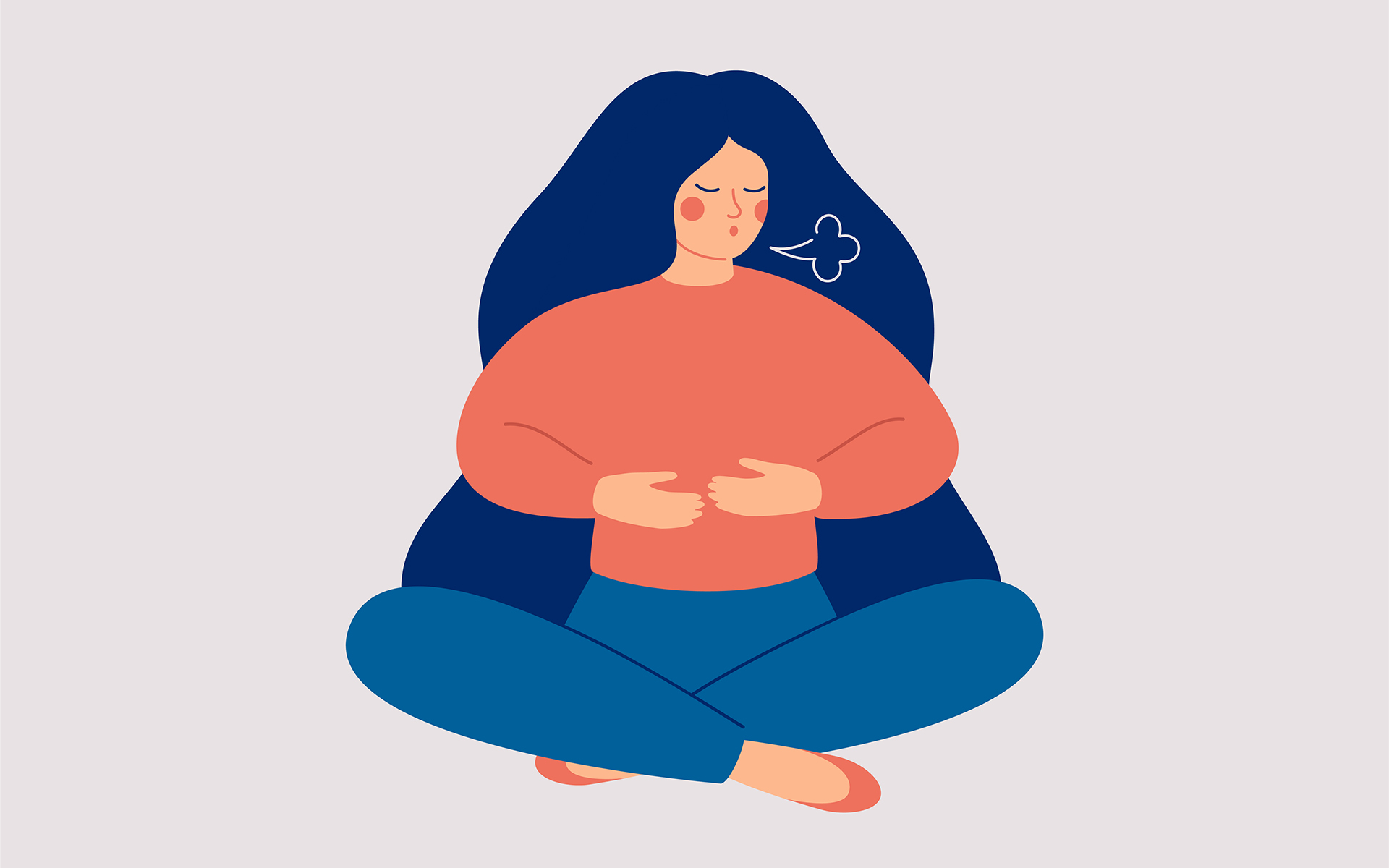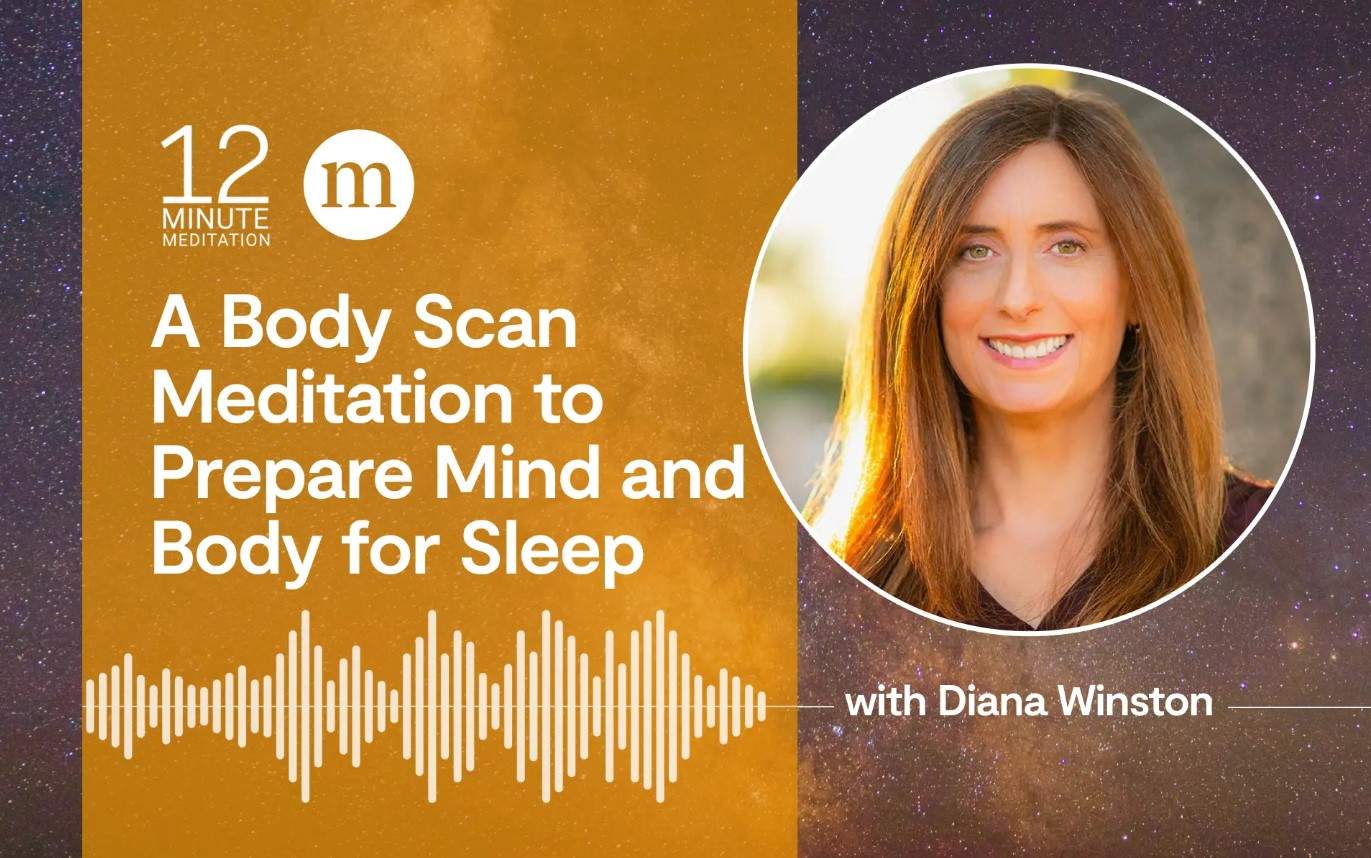It’s 3p.m., and you’ve been at your desk for all or most of the day. Maybe you even worked through lunch, hunched over your keyboard while eating a sandwich. If you paused and tuned into your body, would you notice how your eyes are burning, how your neck and shoulders are tense and achey? Swamped at work, trying to stay on deadline, can you remain focused and calm your frazzled mind—or do you struggle with staying on task?
Or how about when the workday is over? Maybe you crawl into bed, exhausted—but still can’t sleep through the night. And when you’re away from your office, how often do you remember to unplug and wander screen-free in healing green spaces?
All of these are extremely common symptoms and contributors to what we call screen-related stress, digital fatigue, and burnout—and they’re endemic in the workplace.
The good news is that you don’t have to keep living this way. We have the option to work more mindfully: by improving our computer station; learning on-the-spot de-stressing techniques; taking nature breaks to recharge; and establishing better tech habits.
When we get serious about Digital Wellness, we can create healthier workplaces, be kinder to our bodies and minds, and engage in activities that actually replenish our energy and combat burnout when we’re not at work.
Our Digital Wellness Best Practices: 4 Easy-to-Use Tips
I’ve been fortunate to work with Dr. Michael Rich, Director of Boston Children’s Hospital’s Digital Wellness Lab, in developing these research-backed strategies for greater digital wellness. Dr. Rich contributed to our book Less Screen More Green, and we were truly blessed to have the late Dr. Jane Goodall write the foreword.
The reality is, today’s digital workplace was not designed for our wellbeing, as you probably know all too well. It’s clear that we need to be intentional about fostering our wellbeing more than ever. Here are four essential places to start.
1. Check Your Workstation Ergonomics
How your workstation is set up has a significant impact on you and your work. Pamela Dempster, a Certified Professional Ergonomist and collaborator in our programs, cautions: “Laptops can be a health issue as they promote more neck bending/cervical flexing which should be avoided for extended periods of time. Also, poorly designed workstations, and the current trend of ‘hot desking’ [where workstations are continually rotated], significantly increase workplace stress.” So let’s look more closely at how a workstation should be set up to limit stress and promote better skeletal, muscular, nervous-system, and eye health.
First, a good chair with lumbar (lower back) support and a good armrest is key. Supportive armrests are critical for upper body/upper extremity health, and they’re best if padded with soft foam underlay. Your screen should be an arm’s length away and at eye level so you are looking straight ahead into the upper part of the screen, not looking down and straining your neck. Monitors at eye height promote neutral head/neck positioning. This promotes downward eye gazing which is healthier for our near-sighted visual system and its ability to focus better on what it’s reading.
As you probably know, staring at blue-lit screens and unhealthy tech habits, including poor ergonomics, increase our stress levels and our exhaustion. They drain our physical and mental fuel and contribute to burnout. To support eye health, invest in blue-light filtering glasses to ease eye strain, and keep lubricating eyedrops at your desk and remember to blink. (Yes, we “forget” to blink when we’re glued to screens!)
2. Do Regular Deskercises
It’s important to keep the body moving during the day, even when you’re right at your desk. This keeps us from developing muscle strain and repetitive injuries like “Tech Neck.” Regular gentle movement practices like Chi Gong, and intentional practices like mindfulness meditation and breathing exercises (yes, we “forget” to breathe, as well) help relax our bodies and calm and focus our minds. This not only increases ease and productivity at work, but also helps us sleep much better at night.
Turn away from your screen frequently to refocus your gaze and take some deep breaths for on-the-spot relaxation and recharging. One of the easiest deskercises we recommend is called 20-20-20: Set a timer, and every 20 minutes, shift your gaze away from your screen—even better if it’s out a window. Look at least 20 feet away, for at least 20 seconds, and do some deep breathing.
One of our Digital Wellness participants reported that since doing the Mindful Tech program, she’s rearranged her desk and computer setup, relieving tension in her neck and low back. She now also takes regular breaks to do the 20-20-20 practice and stand up and stretch. “It’s made me feel better with the amount of screen time in my work, and it’s non-negotiable.”
3. The Nature Remedy: A Daily Dose of Nearby Nature
In a world that is tech-obsessed, noisy, and chaotic, it’s so easy to forget that “nature” is not something out there in the woods. It’s not separate from us. We humans are part of nature! (Although this isn’t always evident by how recklessly we treat our environment.) Being in the forest, a city park, a patch of grass, or just pausing to turn inward for a moment and take some lungfuls of fresh air is coming home to our true selves, in some way.
We call this intentional practice The Nature Remedy, and it is the ground of our workplace wellness program.
Scientific evidence by researchers including Dr. Qing Li, the Scientific Advisor for The Forest Bathing Institute, supports the benefits of mindfulness in nature for many physical and mental health issues including: hypertension, anxiety, depression, empathy fatigue, and burnout. This Japanese practice of Shinrin Yoku is emerging as a key strategy for workplace wellness and is practiced by many eminent health professionals themselves.
Our co-author Dr. Rich is an advocate of the healing power of nature as a key aspect of workplace wellbeing and was surprised by the effect of Shinrin Yoku: “Recently, at a conference in Aspen, I had my first experience with Forest Bathing. Surprisingly, it may seem that nothing is happening; there we were under the canopy of trees just focusing on specific senses. Yet somehow it is everything as we paused, slowed down, and listened to the trees. Most of this digital generation are so used to being hyper-stimulated that it takes them time to ease into the quiet that is so key to their mental health. Gearing down, being in nature, without our phones, is truly beneficial for us all.”
Dr. Rich explains what is happening in this simple moment. Forest Bathing works, because when we shift from our habitually speedy and cluttered mind, this can have a profound impact on resetting our nervous system. We’re shifting from the sympathetic (stress) mode, to the parasympathetic (relaxation) mode. The mental health benefits are similar to clearing your mind in meditation. You’re connecting with an inner stillness that is usually drowned out by the noise of our highly urbanized workplaces.
Remember, it’s important to do this screen free. Screens disrupt our sense of connection to time and place and our bodies, which limits our ability to settle into the quietness.
We’ve found that this intentional reconnection with nature is resonating, even with people whose jobs require them to spend entire days on screens. One IT professional reported this experience after taking our Digital Wellness program and trying our Nearby Nature tip: “Instead of moaning about not being able to get out for a long hike, I take frequent breaks. Just walk around the block without checking my phone or listening to music. That’s a big change for me! I am seriously hooked, worse than my caffeine habit. Our boss is happy we’re taking fewer sick days. It’s a good reminder to do some of my mindfulness stuff outdoors when I can, without my phone.”
4. Sleep Strategies
The quality and duration of your sleep has an immense impact on your mental, emotional, and physical wellbeing. We need it for good immune function, to process thoughts and emotions, and to repair our bodies and balance our nervous system. But we don’t always make the connection between our daily screentime, digital fatigue, burnout, and our ability to get the very sleep we need to recover.
One of the most helpful things you can do is just unplug at least one hour before bedtime. Leave your phone powered off; get a battery alarm clock to use instead. As you may know, there’s scientific evidence that wireless radiation affects our sleep, so you will also sleep much better in this tech-free sanctuary if you also turn off your WiFi. Avoid all caffeine in the late afternoon and evening, and consider natural supplements such as calcium, magnesium and low-dose melatonin. When you can’t get to sleep, fussing about not sleeping generally tends to make things worse. Instead, doing a sleep meditation or deep breathing can often help you sink into a deep rest.
Reclaiming Our Right to Workplace Wellbeing
Inertia is a strange thing. It’s easy to assume, just because most workplaces, by default, encourage unhealthy daily routines and habits, that this is “just the way it is.” The truth is that it doesn’t have to be this way at all. We can reclaim our right to workplace wellbeing.
We’re also seeing positive signs every day that change is coming: A significant number of businesses and organizations are waking up to how crucial it is to have employees take care of themselves if they want workplaces that can actually function.
If you’re inspired to take action for your own wellness, please try these practices for yourself, and check out the resources we offer.
Details about our program: www.DigitalWellnessPrograms.com
Our book: www.LessScreenMoreGreen.org
Our nonprofit: www.GlobalHealthAlliance.ca
More from Pamela Dempster and healthy ergonomics: www.DempsterWellness.com
Details about The Forest Bathing Institute: www.tfb.institute








